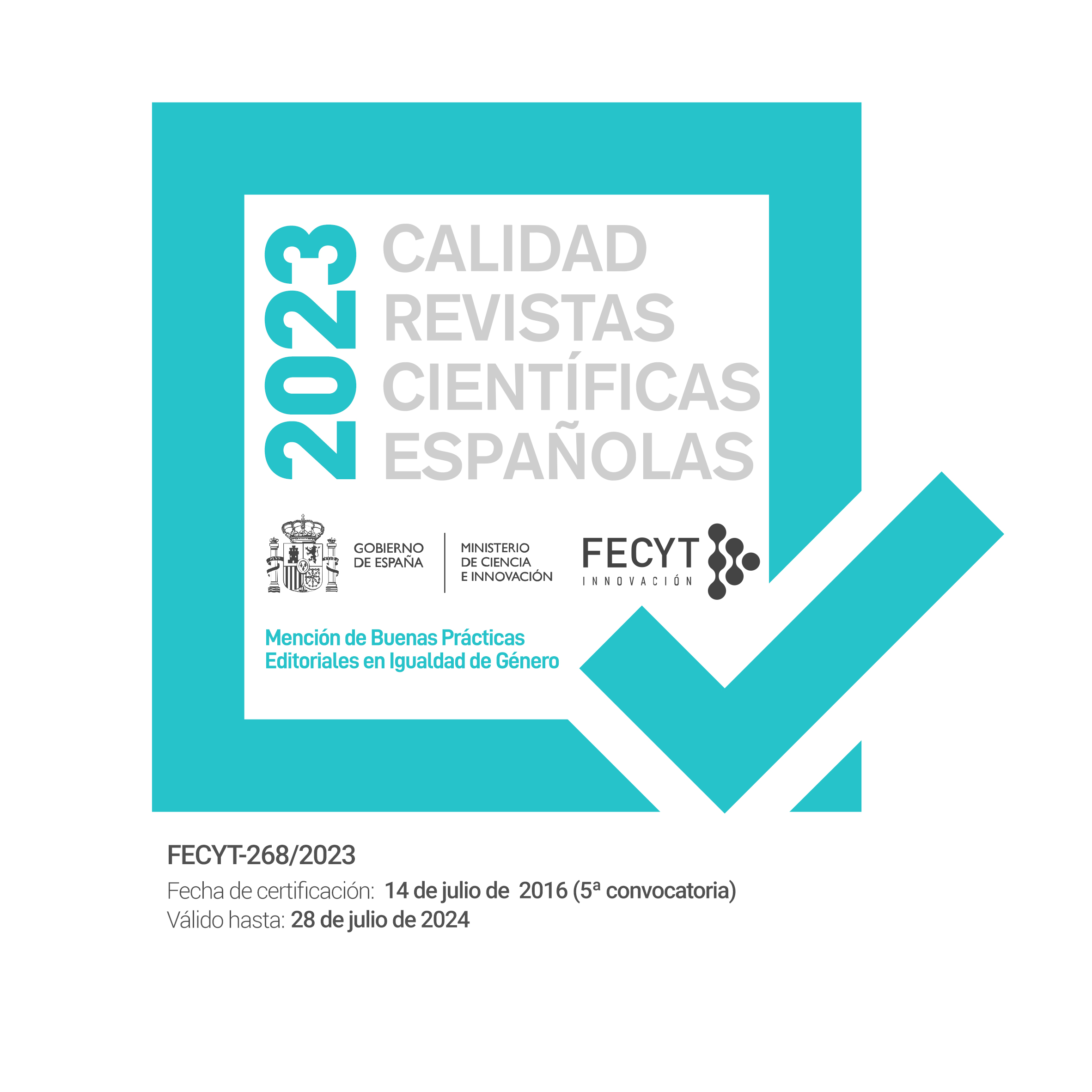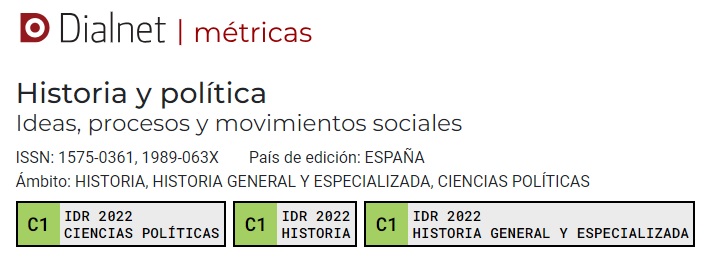Buenos Aires: the ‘Revolution’ and the dilemmas of legitimacy and representing people’s sovereignty.
Keywords:
Río de la Plata, 19-Century, revolution, politics, independence.Abstract
This article studies the conditions that made possible the creation of an autonomous government in the first year of the May Revolution of 1810 in the Viceroyalty of Río de Plata. It also studies the different actions of this government, the ambiguous positions adopted and the reactions to its creation within the general context of the crisis of the Spanish Monarchy. All this without presupposing that the outcome was already present the previous series of events. In this sense, all the tensions and conflicts of the colonial period are duly considered. The purpose is to present the main disputes regarding legitimacy and the representations of popular sovereignty. With this in mind, the paper presents an integrated narrative of the whole process, along with the review of the main recent historiographic trends that guided it.Downloads
Downloads
Published
Issue
Section
License

This work is licensed under a Creative Commons Attribution-NonCommercial-NoDerivatives 4.0 International License.
Authors whose contributions are accepted for publication in this journal, accept the following terms:
a. The authors retain their copyright and guarantee to the magazine the right of first publication of their work, which will be simultaneously subject to the Creative Commons Attribution License Attribution-Noncommercial-No derivative works 4.0 Spain, which allows third parties to share the work as long as its author and its first publication is indicated.
b. Authors may adopt other non-exclusive license agreements to distribute the version of the published work (e.g. deposit in an institutional repository or archive, or published in a monographic volume) provided the initial publication in this journal is indicated.
PLAGIARISM AND SCIENTIFIC FRAUD
The publication of work that infringes on intellectual property rights is the sole responsibility of the authors, including any conflicts that may occur regarding infringement of copyright. This includes, most importantly, conflicts related to the commission of plagiarism and/or scientific fraud.
Plagiarism is understood to include:
1. Presenting the work of others as your own.
2. Adopting words or ideas from other authors without due recognition.
3. Not using quotation marks or another distinctive format to distinguish literal quotations.
4. Giving incorrect information about the true source of a citation.
5. The paraphrasing of a source without mentioning the source.
6. Excessive paraphrasing, even if the source is mentioned.
Practices constituting scientific fraud are as follows:
1. Fabrication, falsification or omission of data and plagiarism.
2. Duplicate publication.
3. Conflicts of authorship.





